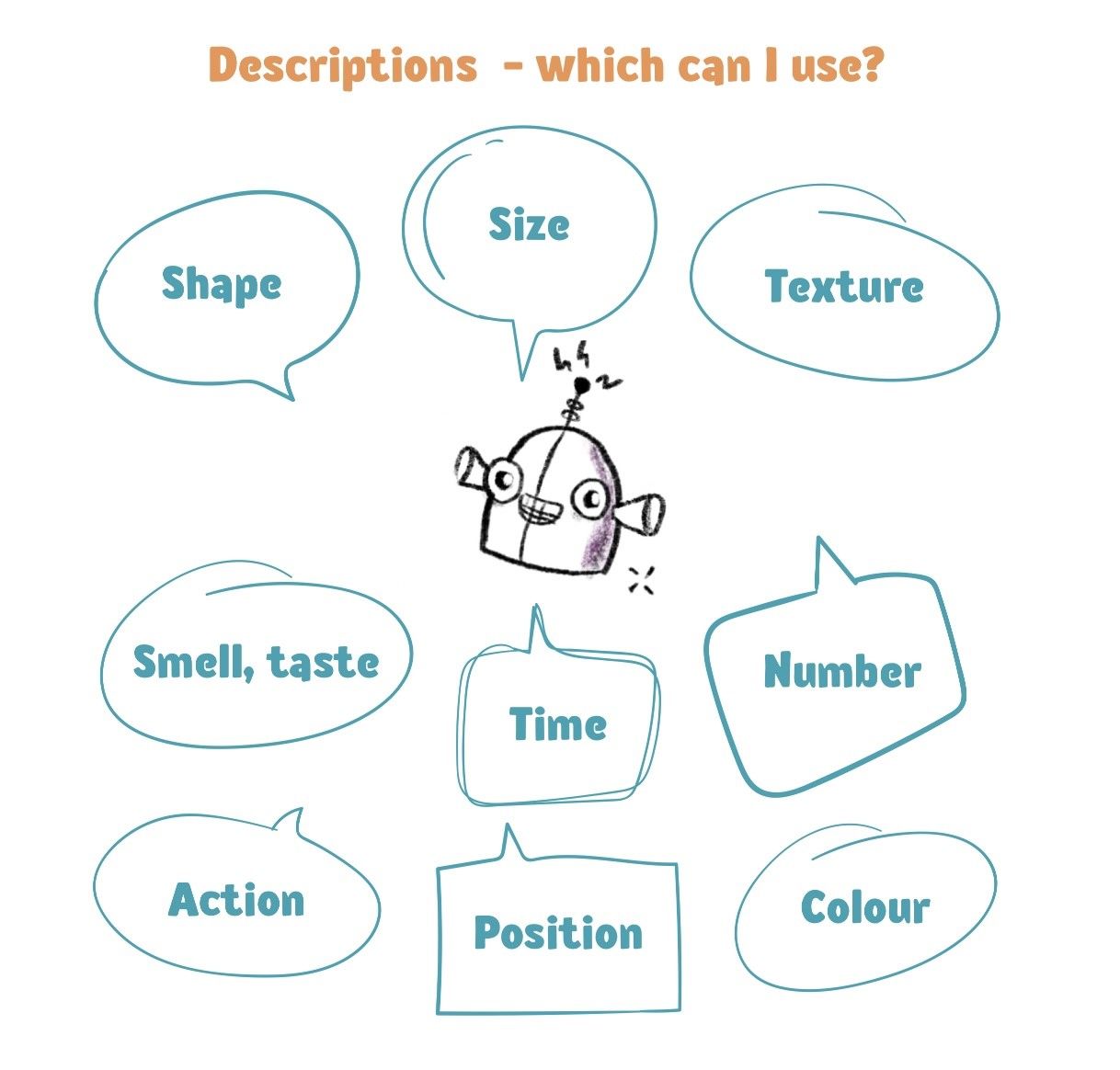Playing around with descriptive language can be fun!

Descriptive language is a powerful tool public speakers use to captivate their audience and create vivid mental images in their minds. It enables the speaker to explain complex ideas and emotions in a way that engages the audience. Effective use of descriptive language can make a presentation memorable and leave a lasting impression on the audience.
To use descriptive language effectively, it is important to have a clear understanding of the message or story being conveyed. The speaker must be able to visualize the scenario or emotion they are describing in detail and use language that paints a picture in the minds of the audience. This can be achieved by using sensory words that appeal to the five senses, such as sight, sound, touch, taste, and smell. For example, instead of saying, "The room was cold," a speaker could say, "The room was so cold that I could see my breath in the air, and the chill made my teeth chatter." This description creates a vivid mental image of a cold room and helps the audience to feel the same sensation.
Another way to use descriptive language effectively is to use metaphors and similes to create comparisons. For example, a speaker might say, "Her voice was as smooth as silk," to describe a singer's performance. This description helps to convey the idea of a smooth, pleasant-sounding voice in a way that the audience can easily understand and relate to.
Playing around with descriptions can be fun. It’s important to get our students started playing around with different ways to describe people, places, things and events. Perhaps, they can even make up their own describing words. We can remind them that all words were created once upon a time, by someone, somewhere. A helpful tool to support students to consider descriptions is this visual: ‘Descriptions – Which one will I use?’ From the ‘LET’s Stand’ public speaking programme.
In conclusion, descriptive language is a powerful tool for public speakers that can help to engage their audience and leave a lasting impression. To use it effectively, speakers must have a clear understanding of their message and use sensory words, metaphors, similes and various description prompts to create vivid mental images in the minds of their audience. Better still, when students begin to play with more descriptions in their oral language and presentations, and hear their peers do the same, this will have a noticeable knock-on benefit on their writing.he body content of your post goes here. To edit this text, click on it and delete this default text and start typing your own or paste your own from a different source.
